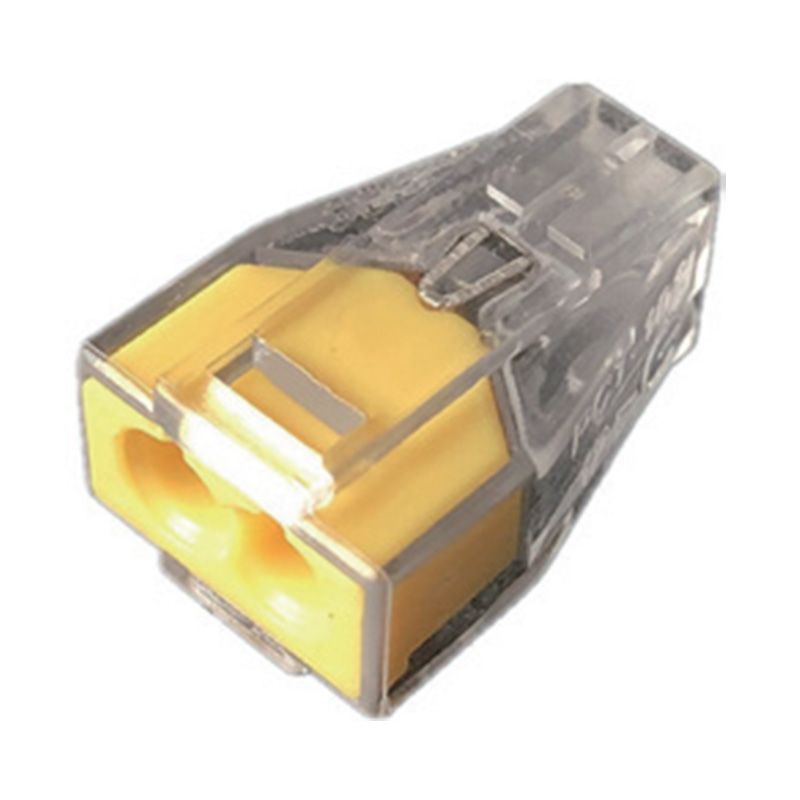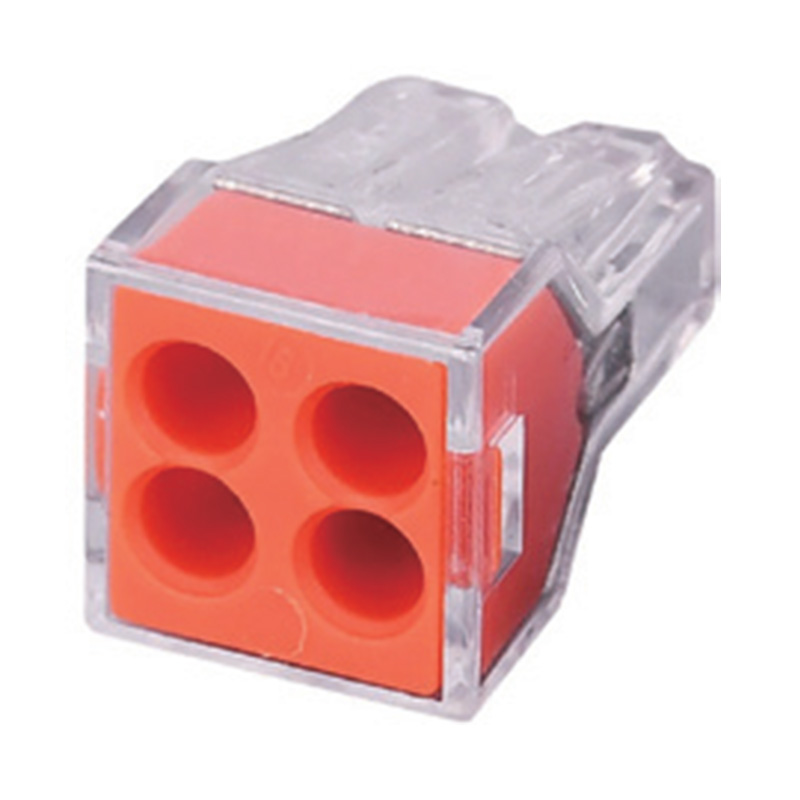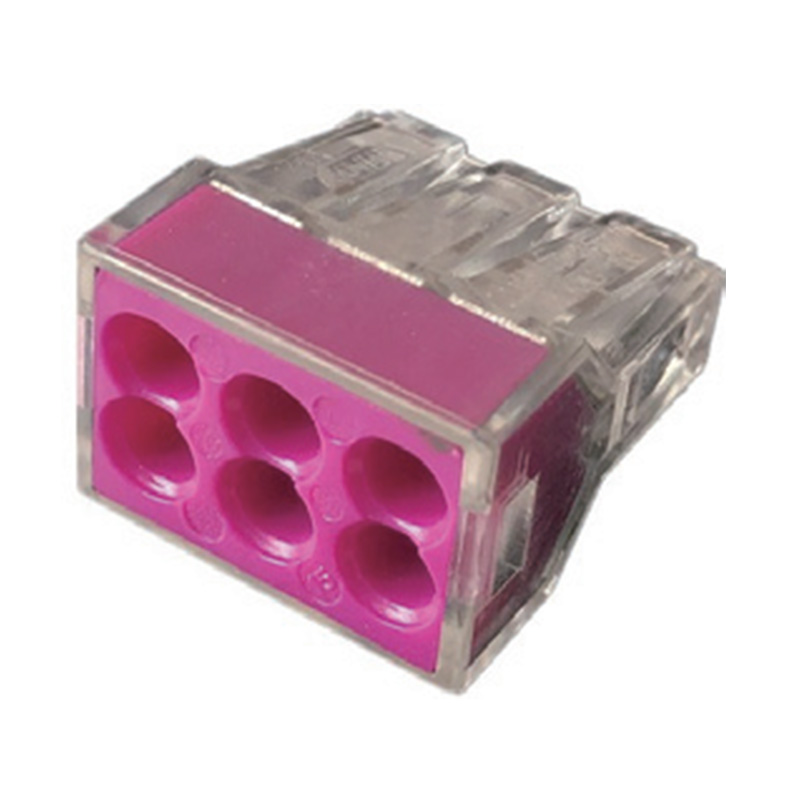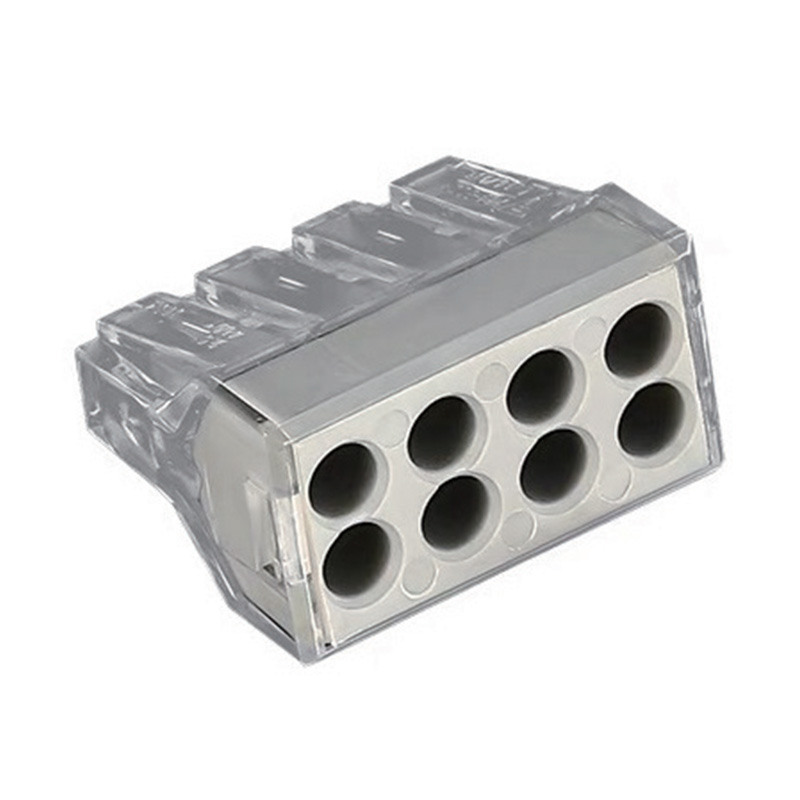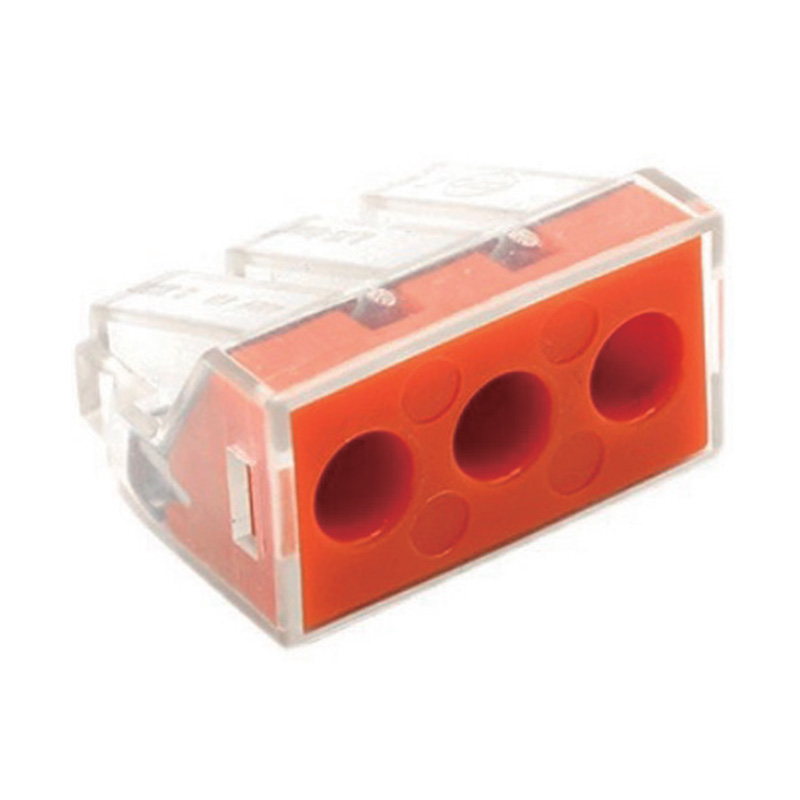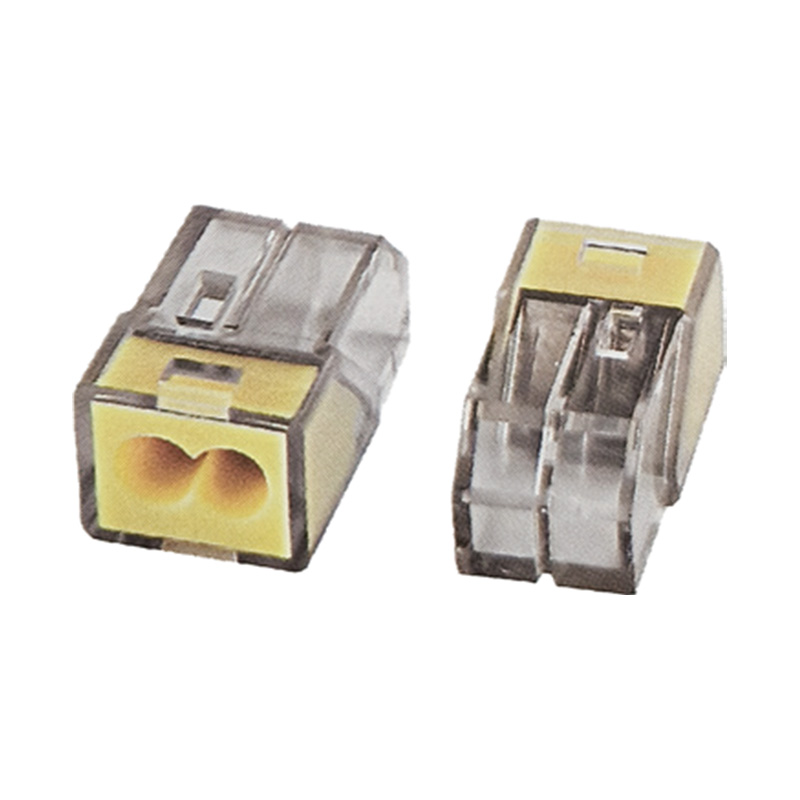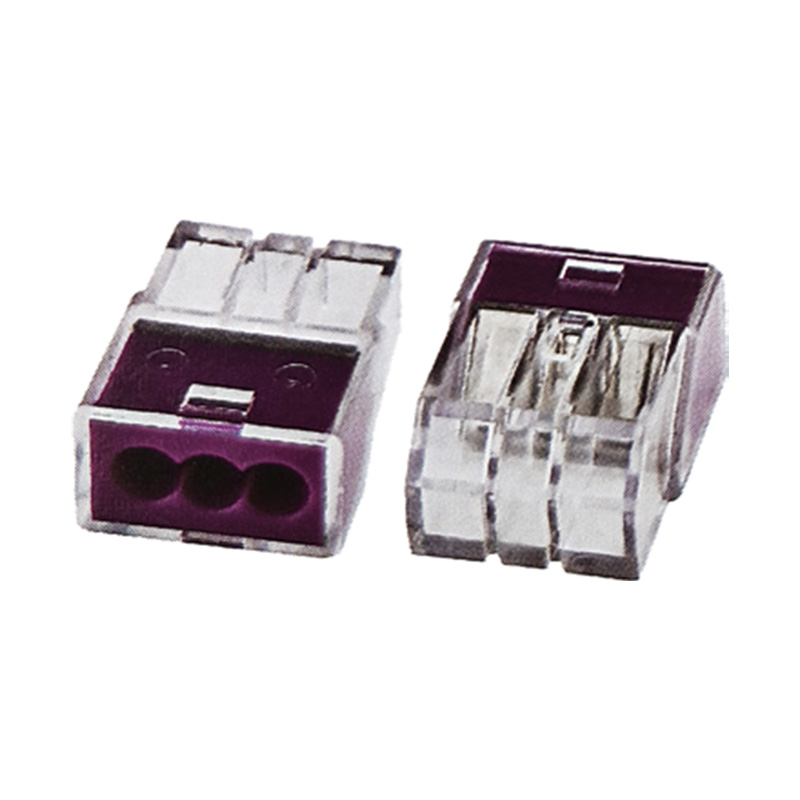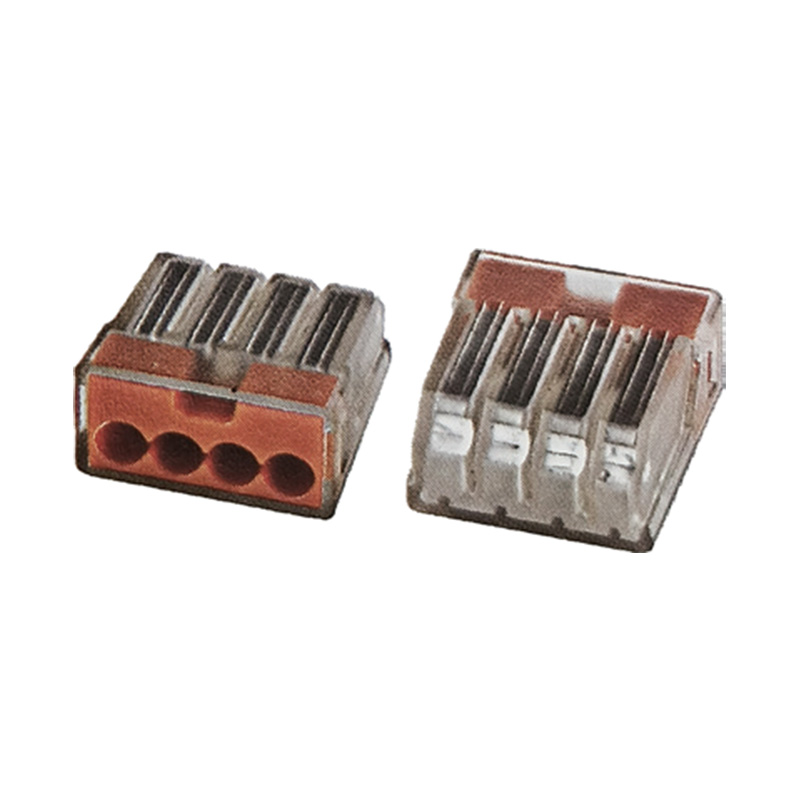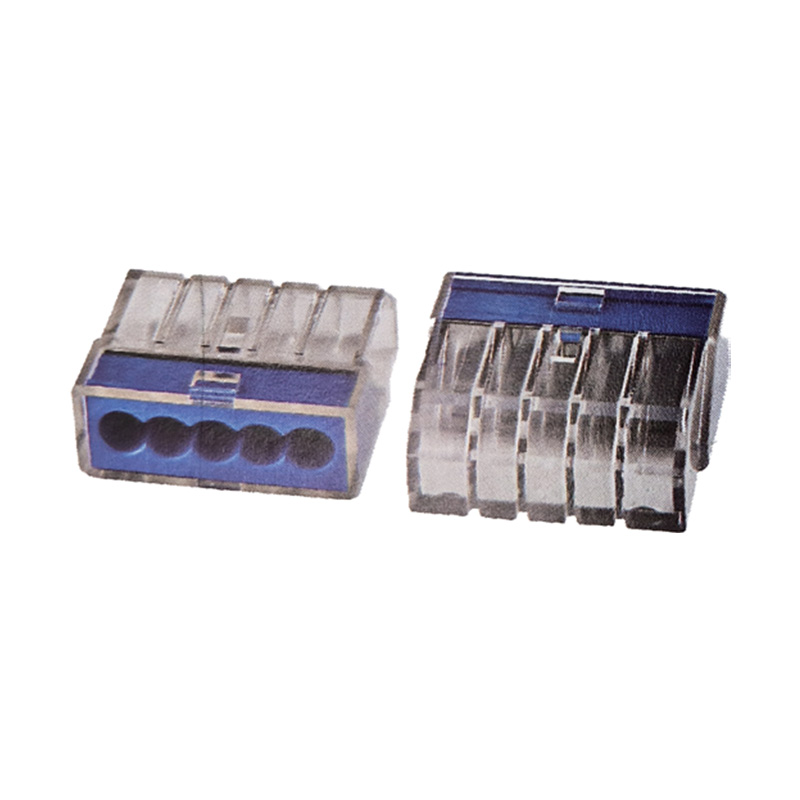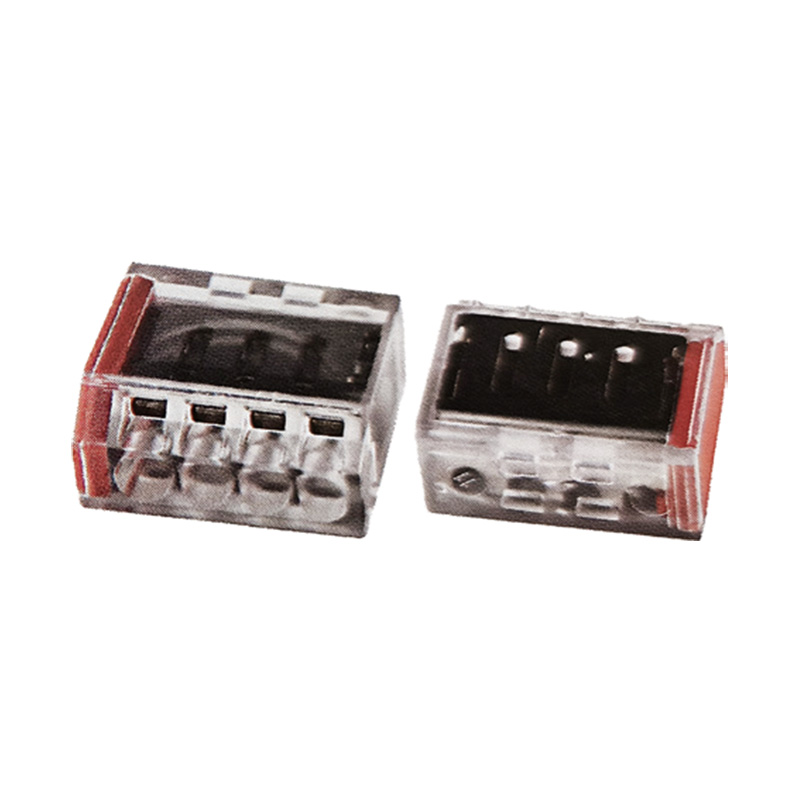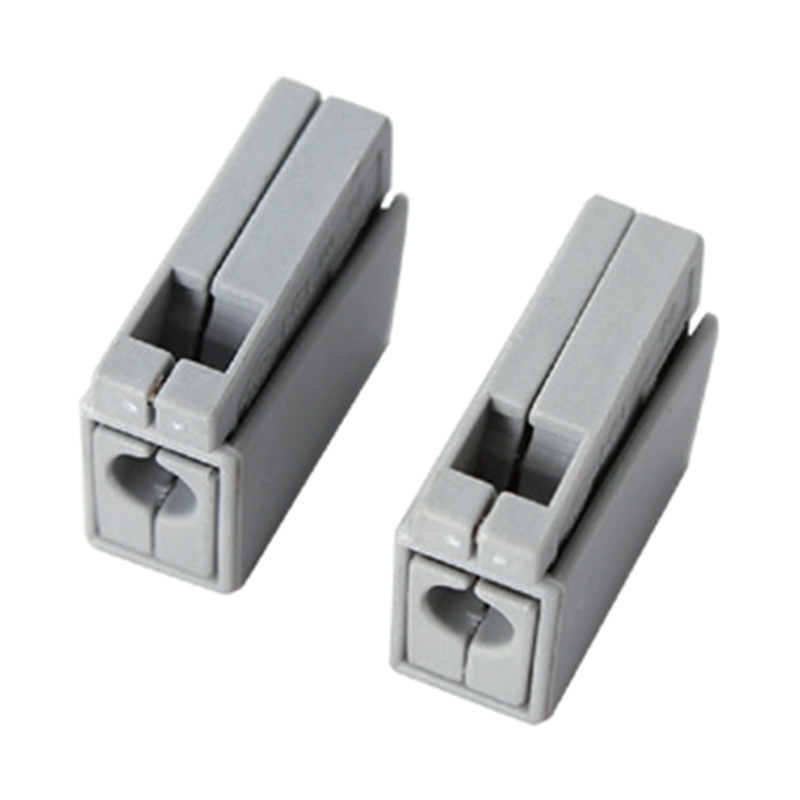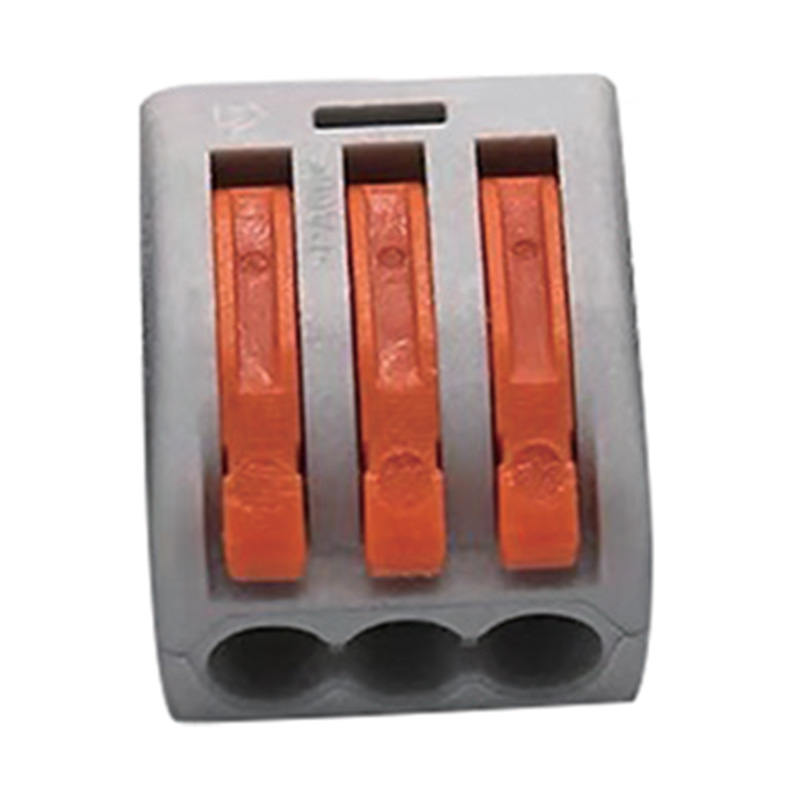Understanding and selecting the correct IP rating is essential when choosing a Waterproof Junction Box or Waterproof Distribution Box. It ensures safety, reliability, and long-term...
READ MORE-
-
Outdoor electrical installations face unique challenges that require specialized components to ensure their reliability and safety. Among the more important components are metal ca...
READ MORE -
Durability is a key factor when designing and maintaining electrical systems. With so many environmental challenges that electrical installations face—such as excessive temperature...
READ MORE -
Safety compliance is not just about adhering to regulations; it’s about protecting people, equipment, and infrastructure from the risks of electrical hazards. Electrical fires, sho...
READ MORE
Industry Knowledge Extension
How Do Electrical Auxiliary Circuit Breaker Components & Accessories Compare Across Different Aspects?
From industrial settings to residential power distribution, these accessories ensure better control and protection. To evaluate them effectively, a comparison can be divided into four aspects: functionality, installation, safety, and cost-performance.
1. Functionality: Expanding the Capabilities of Breakers
The comparison point lies in the functionality provided by auxiliary components.
Auxiliary Contacts (OF): These enable signaling of the circuit breaker’s state—whether it is open or closed. They are widely used in automation systems for remote monitoring.
Alarm Contacts (SD): These trigger alarms in case of a fault or trip, providing real-time alerts that help maintenance teams respond quickly.
Shunt Trips & Under-voltage Releases: These allow remote tripping or automatic disconnection in case of under-voltage conditions. They improve automation by linking the breaker with control systems.
Sales Perspective:
By offering functional accessories, businesses can meet different customer requirements, from simple monitoring to advanced automation. Customers in industrial automation or building management systems will find these components essential for reliable operation.
2. Installation: Ease of Integration and Adaptability
The second aspect to compare is how easy the components are to install and integrate.
Plug-and-Play Designs: Many modern auxiliary accessories are designed for quick snap-on installation, saving time for electricians and reducing downtime.
Compact Form Factor: Their small size ensures they fit into existing breaker panels without requiring additional space.
Standardization Across Brands: Accessories are often designed to be compatible with different breaker models, offering flexibility to installers and reducing the need for specialized training.
Sales Perspective:
Highlighting ease of installation makes these accessories attractive to contractors and end-users who want to minimize labor costs. When customers know that components can be installed quickly and without special tools, they are more willing to invest in reliable accessories.
3. Safety: Enhancing Protection and Reliability
Safety is one of the critical aspects of auxiliary circuit breaker components.
Improved Fault Detection: Alarm contacts and signaling devices provide early warnings, preventing damage before faults escalate.
Remote Disconnection: Shunt trips allow operators to cut off power remotely, reducing the risk of accidents during maintenance or emergencies.
Compliance with Standards: Accessories are manufactured to comply with IEC and UL standards, ensuring they meet international safety regulations.
Reduced Human Error: With clear signaling and automated responses, these components lower the chance of mistakes in electrical system management.
Sales Perspective:
When promoting these accessories, safety should be emphasized as a key value. Customers in industries such as healthcare, manufacturing, and energy prioritize protection for both equipment and personnel. Positioning these components as safety-enhancing tools helps differentiate them from cheaper, less reliable alternatives.
4. Cost-Performance: Balancing Investment and Value
Cost-performance is an essential factor when comparing auxiliary components.
Affordable Add-Ons: While auxiliary devices add to the overall cost of a breaker system, they are relatively low-cost compared to the potential damage or downtime caused by system failures.
Extended Equipment Life: By preventing overloading, undervoltage, or operational mistakes, these accessories reduce wear and tear on the main breaker.
Energy and Labor Savings: Remote monitoring reduces the need for constant manual inspection, lowering operational costs.
Long-Term Reliability: High-quality auxiliary components provide lasting value by replacement frequency and service interruptions.
Sales Perspective:
Emphasizing cost-effectiveness appeals to both industrial buyers and small businesses. Customers appreciate the clear return on investment when they see reduced maintenance costs and improved system reliability.


 English
English 中文简体
中文简体 Español
Español عربى
عربى

